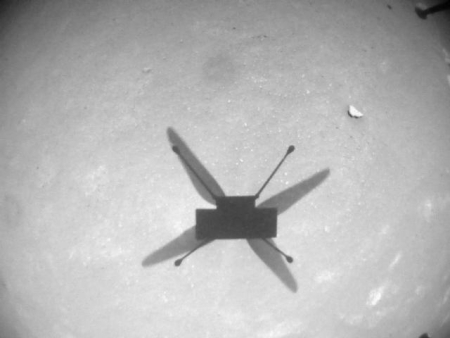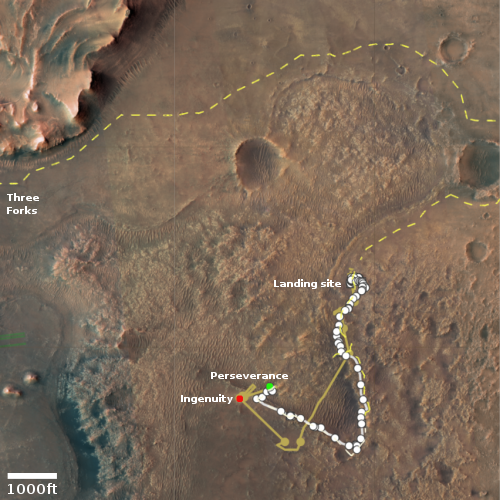Lucy’s solar panel problem could be due to strap
According to the engineering team for the Lucy asteroid mission, they now think the incomplete deployment of one of the probe’s solar panels was caused by a strap.
The joint Anomaly Response Team has been studying the array using an engineering model. Initial tests indicate that the lanyard that pulls out the solar array may not have completed the process successfully; however, it is still uncertain what caused this condition. The team is conducting more tests to determine if this is indeed the case, and what the root cause might be.
An attempt to characterize the array deployment by attempting to move it would occur no earlier than Nov. 16.
Meanwhile, they have been turning on Lucy’s instruments one by one, with everything functioning as planned, except for that one solar panel. The panel however is a serious concern, as the spacecraft is heading out to the orbit of Jupiter, where it will need every inch of solar panel surface area to get enough power to operate. At the moment it appears the panel is deployed somewhere between 75% to 95%.
According to the engineering team for the Lucy asteroid mission, they now think the incomplete deployment of one of the probe’s solar panels was caused by a strap.
The joint Anomaly Response Team has been studying the array using an engineering model. Initial tests indicate that the lanyard that pulls out the solar array may not have completed the process successfully; however, it is still uncertain what caused this condition. The team is conducting more tests to determine if this is indeed the case, and what the root cause might be.
An attempt to characterize the array deployment by attempting to move it would occur no earlier than Nov. 16.
Meanwhile, they have been turning on Lucy’s instruments one by one, with everything functioning as planned, except for that one solar panel. The panel however is a serious concern, as the spacecraft is heading out to the orbit of Jupiter, where it will need every inch of solar panel surface area to get enough power to operate. At the moment it appears the panel is deployed somewhere between 75% to 95%.








